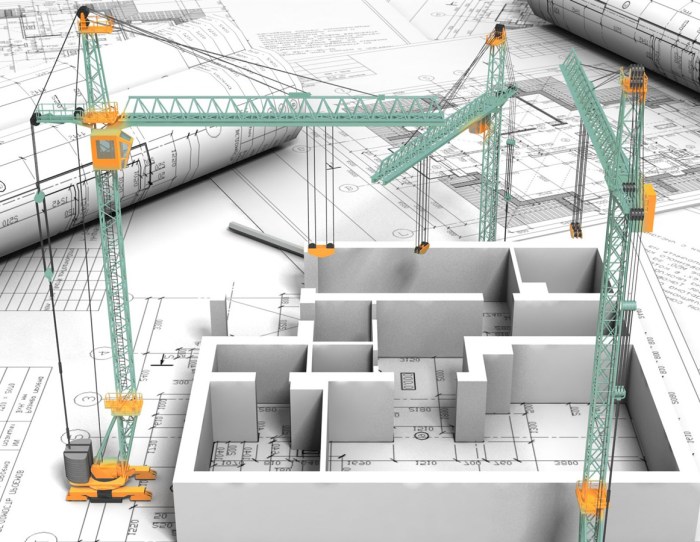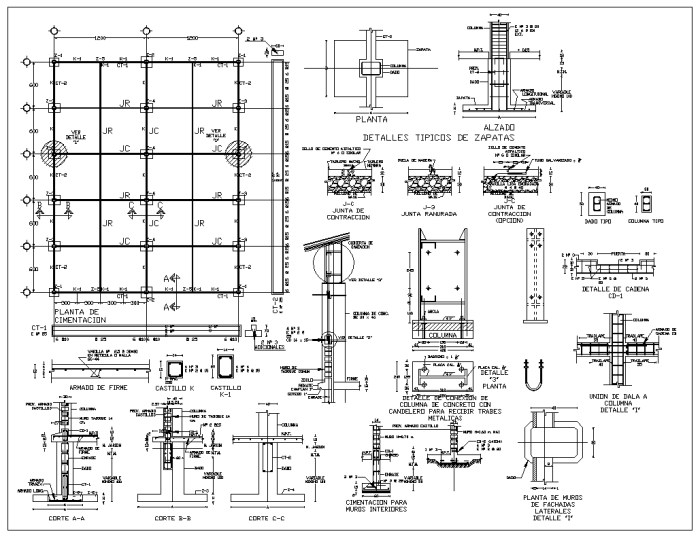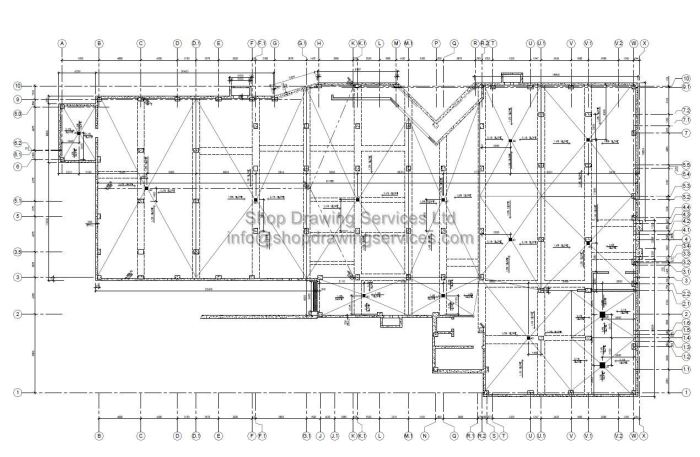Activity 11-1 structural drawings for a commercial building project – Embark on an exploration of Activity 11-1: Structural Drawings for Commercial Building Projects, a comprehensive guide that delves into the intricacies of structural design and its pivotal role in the construction industry. This discourse unveils the significance of structural drawings, their diverse types, and their meticulous creation, fostering a deeper understanding of their indispensable contribution to the success of commercial building projects.
Unravel the intricate world of structural drawings, deciphering their essential elements and the meticulous precision required for accurate dimensioning, scaling, and annotations. Witness the collaborative interplay between architects, engineers, and contractors, as they orchestrate the seamless translation of structural designs into tangible structures, emphasizing the paramount importance of clear communication and coordination.
Structural Drawing Overview

Structural drawings are the blueprints for the structural integrity of commercial building projects. They provide detailed plans and specifications that guide the construction, ensuring the safety and stability of the building.
Different types of structural drawings serve specific purposes:
- Plans:Show the layout of structural elements from above, including foundations, columns, beams, and slabs.
- Sections:Cut-away views that reveal the internal structure and dimensions of elements.
- Elevations:Side views that show the height and vertical relationships of structural components.
- Details:Enlarged drawings that provide specific information about connections, joints, and other critical areas.
Key Elements of Structural Drawings: Activity 11-1 Structural Drawings For A Commercial Building Project

Structural drawings include essential elements:
- Dimensions:Accurate measurements and scales are crucial for precise construction.
- Annotations:Notes, labels, and symbols convey important information about materials, loads, and design considerations.
- Material specifications:Indicate the types and properties of materials used in the structure.
Structural Design Considerations
Structural drawings are influenced by design considerations:
- Building codes:Regulations ensure structural safety and compliance.
- Material properties:Strength, stiffness, and durability of materials impact design.
- Load calculations:Determine the forces acting on the structure from gravity, wind, and other sources.
Collaboration and Communication

Structural drawings involve collaboration:
- Architects:Design the overall building and provide architectural drawings.
- Engineers:Analyze and design the structural system, creating structural drawings.
- Contractors:Use structural drawings to build the structure.
Clear communication is vital for accurate construction.
Building Codes and Standards
Building codes and standards guide structural drawings:
- International Building Code (IBC):Establishes minimum requirements for building safety.
- American Society of Civil Engineers (ASCE):Develops standards for structural design and analysis.
These regulations ensure the safety and integrity of commercial buildings.
Helpful Answers
What is the primary purpose of structural drawings?
Structural drawings serve as a detailed blueprint for the structural framework of a commercial building, guiding its construction and ensuring its stability and safety.
How do structural design considerations influence the development of structural drawings?
Structural design considerations, such as building codes, material properties, and load calculations, dictate the specific requirements and specifications that must be reflected in the structural drawings.
What is the role of collaboration and communication in creating structural drawings?
Collaboration and communication among architects, engineers, and contractors are crucial for the accurate interpretation and execution of structural drawings, ensuring that the design intent is faithfully translated into the built environment.